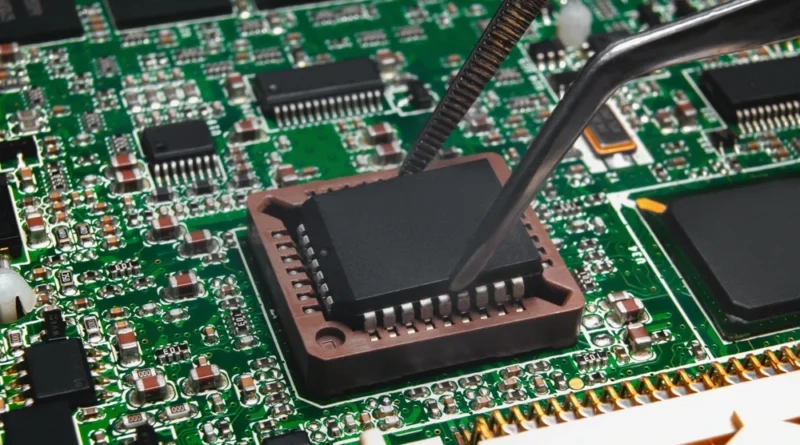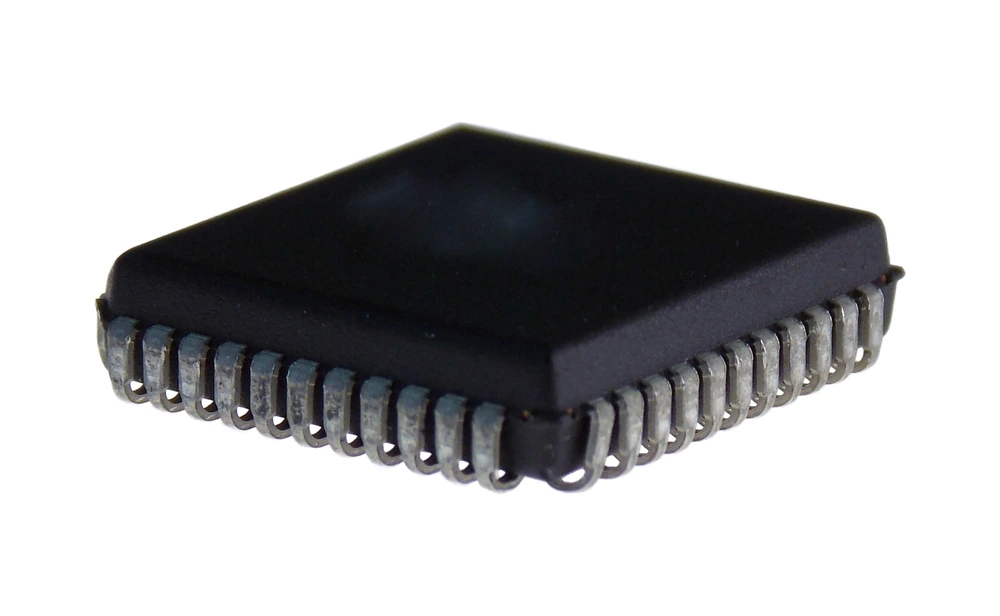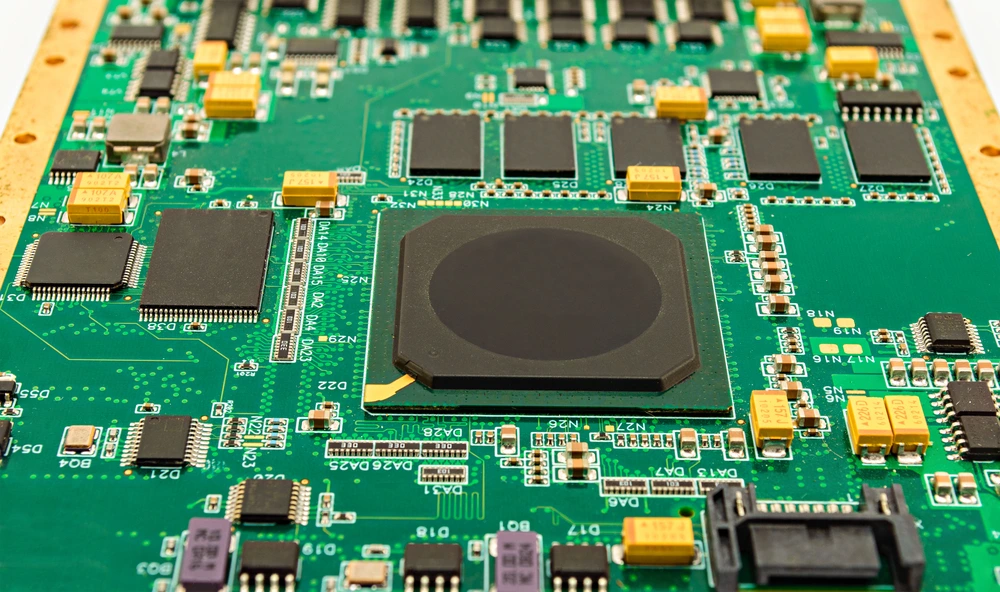
At a time when connectivity is the lifeline of progress, Power Line Carrier Communication (PLCC) is proving to be a revolutionary force bridging the fields of power distribution and data transmission. Essentially, PLCC transforms the infrastructure that lights our cities and powers our homes into a conduit for continuous communications. This technology takes advantage of the vast network of power lines and converts them into dynamic paths for fast and efficient data exchange. As we travel through the intricacies of PLCC, we discover its diverse applications and unravel a web that combines cost efficiency, reliability and adaptability in a world driven by the constant search for connectivity solutions.
As industries continue to evolve and embrace the digital age, PLCC is at the forefront, bridging the gap between traditional electrical grids and modern communications needs. This introduction serves as an introduction to PLCC exploration and offers a glimpse into the transformative potential of harmoniously integrating power infrastructure and data transmission, shaping the connectivity landscape in ways previously considered unimaginable.
What is PLCC?

Power Line Carrier Communication (PLCC) is an innovative technology that transmits data over existing power lines. This innovative approach uses the electrical conductors of power lines to transmit signals, eliminating the need for a separate communications infrastructure. PLCC works by modulating data into high-frequency carrier signals that are fed into power lines. At the receiving end, these signals are demodulated to extract the original data. This dual use of power lines for power distribution and communication makes PLCC a practical and economical solution that provides a versatile means of data transmission in a variety of applications.
How does PLCC work?
With PLCC, data is modulated into high-frequency carrier signals, which are then fed into power lines. These signals travel along power lines and are demodulated at the destination to extract the original data. The efficiency of PLCC lies in its ability to utilize existing power infrastructure, eliminating the need for separate communication lines.
PLCC Applications
PLCC is used in various industries and improves communication and control systems.
Smart Tables
PLCC is fundamental for the development of smart grids, as it allows real-time communication between components of the electrical grid. This facilitates efficient power management, error detection and network optimization.
Home automation
In home automation, PLCC enables seamless communication between smart devices over existing power lines. This eliminates the need for additional wiring, making it a practical and economical solution.
Industrial automation
PLCC is widely used in industrial environments for process control and monitoring. It offers a reliable means of communication for control systems and ensures the smooth functioning of industrial processes.
Advantages of PLCC

PLCC leverages existing infrastructure, reduces costs and ensures robust and reliable communication, making it a cost-effective solution for a variety of applications.
Use of existing infrastructure
One of the main advantages of PLCC is the ability to utilize existing power infrastructure for communications. This reduces the need for additional cabling and infrastructure development, resulting in cost savings.
Robust communication
Power lines provide a robust and reliable means for transmitting data. PLCC is less susceptible to interference and signal degradation than wireless communication methods, making it ideal for critical applications.
Economical solution
As PLCC uses the electrical grid infrastructure, it represents an economical solution for building communications networks. The investment required to implement PLCC is significantly lower than for new communications lines.
Challenges in implementing PLCC
Long-distance signal attenuation, interference from external sources, and bandwidth limitations present challenges in PLCC implementation and require careful consideration for optimal performance.
Signal attenuation
One of the challenges of PLCC is signal attenuation, where the carrier signal strength decreases over long distances. This limitation requires the use of signal amplifiers to maintain signal integrity.
interference
External interference from various sources, such as electronic devices and radio frequency signals, can affect the performance of PLCCs. Implementing effective filtering mechanisms is crucial to reducing interference.
Bandwidth Limitations
PLCC may face bandwidth limitations compared to dedicated communication lines. Therefore, it is important to carefully consider application requirements to ensure optimal performance.
Future Trends in PLCC

The future of PLCC includes integration with 5G networks, advancements in modulation techniques for higher data transmission rates, and improved security measures for secure communications, reflecting its dynamic and promising development.
Integration with 5G
As the world transitions to 5G connectivity, there is a growing trend towards integrating PLCC into 5G networks. This convergence can potentially improve communication capabilities and reliability in diverse environments.
Advanced modulation techniques
Ongoing research focuses on developing advanced modulation techniques for PLCC with the aim of increasing data transmission rates and overcoming existing limitations. These advances are expected to open new opportunities for PLCC applications.
Enhanced security measures
Given the growing importance of secure communications, the future of PLCC includes the implementation of advanced encryption and security measures. This guarantees the integrity and confidentiality of the transmitted data.
Conclusion
In short, Power Line Carrier Communication is a testament to innovation, leveraging the synergy between power infrastructure and communications needs. The advantages of cost efficiency, robust communications and adaptability make PLCC an attractive choice for diverse applications, from smart grids to industrial automation. Despite challenges such as signal attenuation and interference, continued progress and future trends indicate promising development for PLCC. As we move into the dynamic connectivity space, PLCC continues to be a powerful force contributing to the efficiency and sustainability of modern communications systems.
Related article
The influence of the sequential network on power systems
Common questions
How does Power Line Carrier Communication (PLCC) contribute to the development of smart grids?
PLCC plays a central role in smart grids as it allows real-time communication between power grid components. This allows for efficient energy management, rapid fault detection and overall network optimization, ensuring a more stable and responsive energy distribution network.
What challenges does the PLCC face in implementation and how will they be overcome?
When implementing PLCC, challenges such as signal attenuation, interference, and bandwidth limitations arise. To reduce signal attenuation, signal amplifiers are used over long distances. Interference is mitigated through effective filtering mechanisms, and ongoing research focuses on advanced modulation techniques to overcome bandwidth limitations and ensure optimal performance.
How does PLCC stand out in terms of cost efficiency and reliability in industrial automation?
PLCC provides a cost-effective solution for industrial environments by leveraging existing power infrastructure for communications. Its robust communication over power lines ensures reliability, provides a stable and reliable way of transmitting data to control systems and contributes to the smooth running of various industrial processes.

